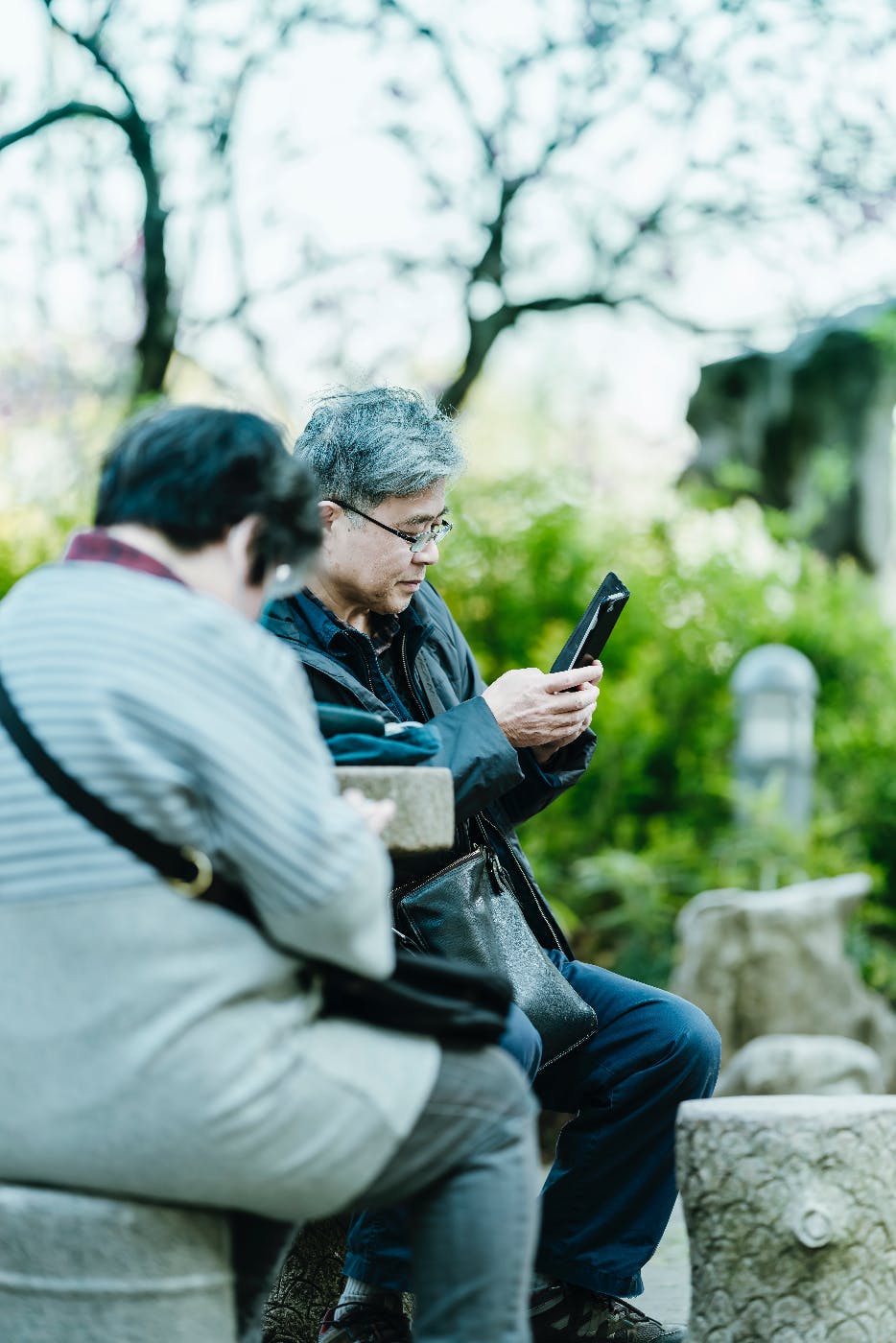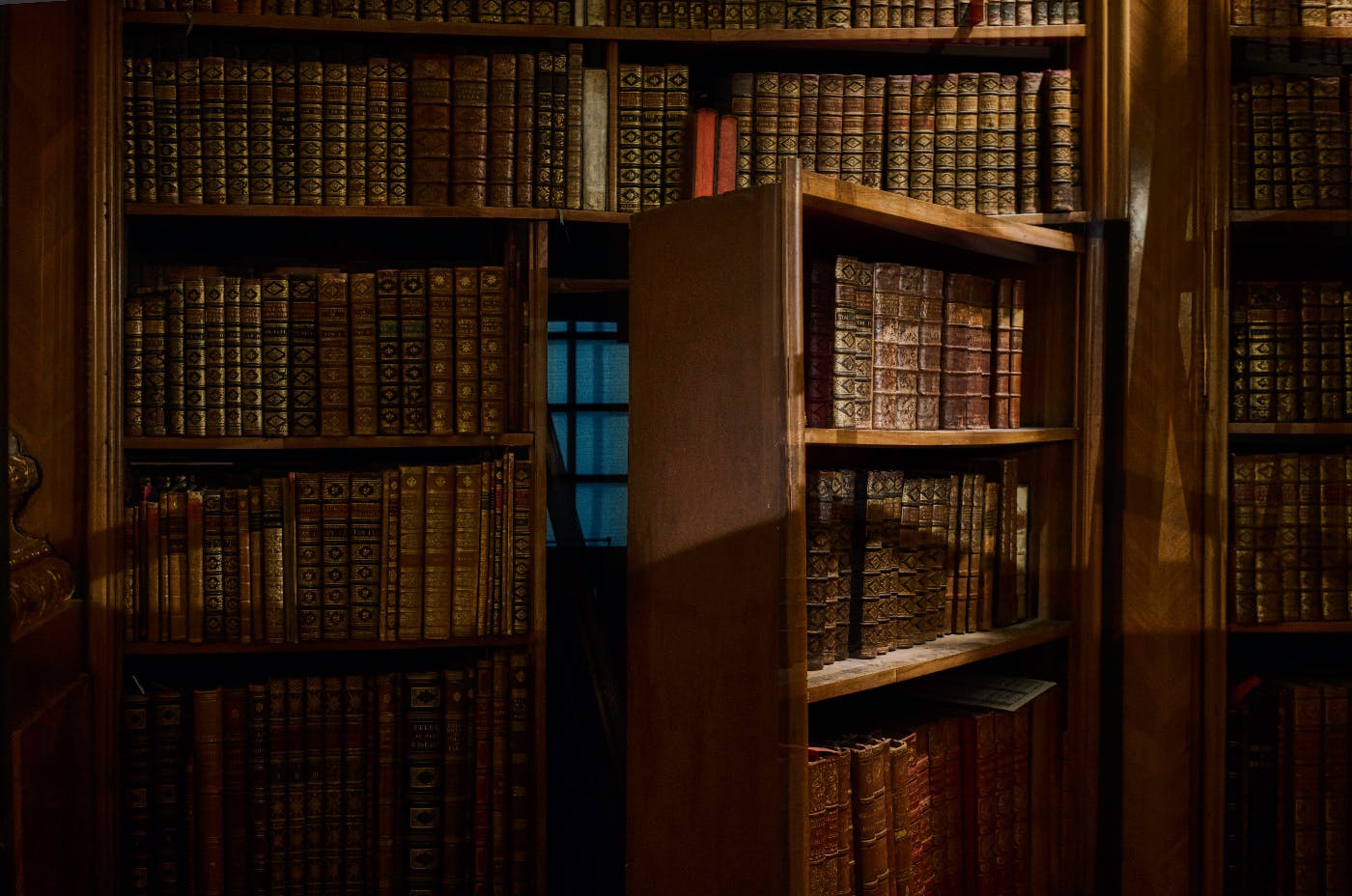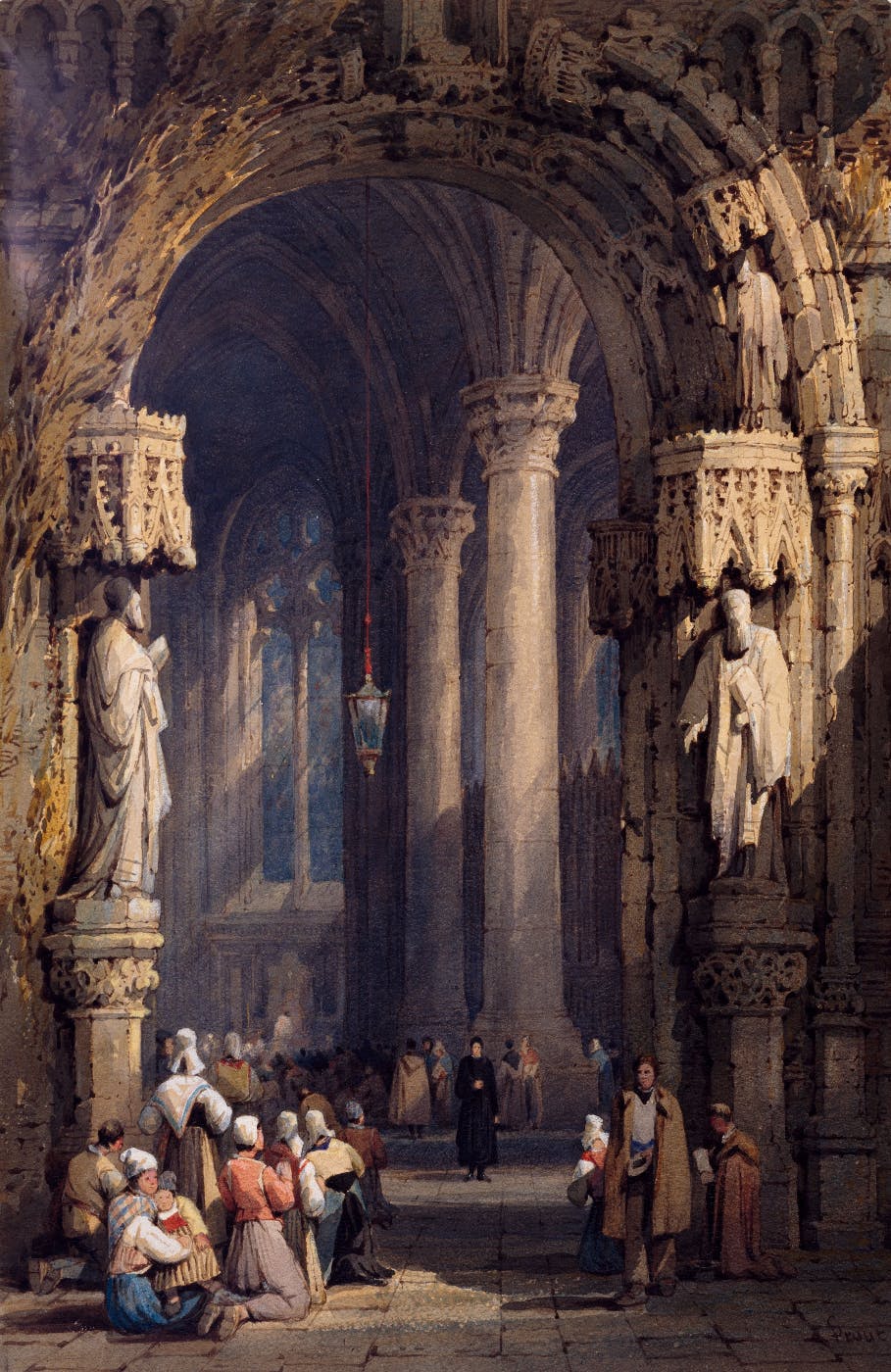
A well-designed website can captivate visitors, convey a brand's identity, and provide an exceptional user experience.
In the fast-paced world of the internet, where attention spans are ever-dwindling, the art of modern website design has become more critical than ever. A well-designed website can captivate visitors, convey a brand's identity, and provide an exceptional user experience. To achieve these goals, web designers continuously adapt to new trends and employ innovative techniques. In this exploration of modern website design, we will delve into the key trends and techniques that are shaping the digital landscape in 2023.
Minimalism and Simplicity
One of the most prominent trends in modern website design is minimalism. This approach emphasizes simplicity and clean lines. It removes clutter, distractions, and excess information, creating a sleek and uncluttered user interface. Minimalist designs often feature ample white space, which helps in drawing attention to essential elements on a page. This technique is particularly useful for enhancing user experience on various devices, from large desktop screens to small mobile displays.
Simplicity also extends to typography, with many websites opting for easy-to-read fonts and generous spacing between lines and paragraphs. The choice of typography is carefully considered to align with a brand's identity, making text an integral part of the overall design.
Dark Mode
Dark mode is no longer a trend limited to apps and operating systems; it has permeated modern website design. Dark backgrounds with light text not only look stylish but also offer a visually soothing experience, reducing eye strain, especially in low-light conditions. Implementing dark mode on a website often requires a meticulous understanding of color contrast, ensuring that text remains legible against dark backgrounds.
Micro-interactions
Microinteractions are subtle animations or feedback that occur as a user interacts with a website. These tiny details enhance the overall user experience by providing visual cues and creating a sense of responsiveness. Examples of micro-interactions include buttons changing color when hovered over or icons wiggling when clicked. They add a touch of delight and help guide users through a website.
Asymmetry and Broken Grid Layouts
While grid-based layouts have been a staple in web design for years, modern websites are increasingly embracing asymmetry and broken grid layouts. These designs break away from the predictable and symmetrical structures, creating dynamic and unique visual experiences. Asymmetry can add an element of surprise and capture users' attention, making a website stand out in a sea of conformity.
3D and Realism
Advancements in web technologies have made it possible to integrate 3D elements and realistic textures into websites. This trend adds depth and a sense of tangibility to web pages. 3D models, illustrations, and interactive elements allow users to explore content in a more engaging way. Realistic textures and materials create a sense of authenticity and can be used to reflect a brand's identity or products.

Responsive and Mobile-First Design
In a world where mobile usage surpasses desktop, designing for mobile devices is no longer an afterthought—it's a priority. Responsive and mobile-first design ensures that a website looks and functions seamlessly on all screen sizes. This approach often involves designing for mobile devices first and then adapting the layout for larger screens. It's a fundamental technique in providing a consistent user experience, regardless of the device being used.
Video Backgrounds
Video backgrounds are a captivating way to communicate a message or set the tone on a website's homepage. They create a dynamic and immersive experience for visitors. Careful consideration is required to ensure that the video doesn't overwhelm the page and that it doesn't hinder page load times, which can affect user experience.
Neumorphism
Neumorphism, a relatively new trend, combines elements of flat design and skeuomorphism. It often involves buttons, cards, and other interface elements appearing as if they are slightly raised from the background, creating a soft, three-dimensional look. This design style can add depth and interactivity to a website.
Scroll Triggered Animations
Scroll-triggered animations are a powerful tool to engage users as they explore a webpage. Elements come to life as users scroll down, creating a sense of progression and storytelling. When used thoughtfully, these animations can guide users through content and keep them engaged.
Accessibility and Inclusivity
Web designers are increasingly focusing on making websites accessible and inclusive for all users, including those with disabilities. This involves implementing features like alternative text for images, keyboard navigation, and ensuring color choices meet contrast guidelines. Accessibility isn't just a trend; it's a critical aspect of modern website design that ensures everyone can access and enjoy the content.
Summing Up
The art of modern website design is a dynamic field that continuously evolves to meet the needs and expectations of users. The trends and techniques discussed here represent the current state of web design in 2023, but they will inevitably evolve as technology and user preferences change. Whether it's through minimalism, dark mode, asymmetry, or responsive design, web designers are constantly pushing the boundaries of creativity and functionality to create websites that not only look stunning but also provide exceptional user experiences. As we move further into the digital age, the art of modern website design will remain a central element in shaping our online experiences.
You Should Know
ThoughtLab is a dynamic and innovative full-service creative agency renowned for its exceptional branding prowess and relentless commitment to thinking outside the box. With a team of visionary creatives, strategists, Web3, and marketing experts, plus decades of superior website design, ThoughtLab consistently delivers groundbreaking solutions that redefine the boundaries of branding and design. They understand that breaking away from convention and embracing bold, unique ideas is vital in today's fast-paced and competitive landscape.
ThoughtLab's approach involves immersing themselves in their client's businesses, understanding their values and aspirations, and crafting tailor-made branding experiences that resonate deeply with the target audience. Their track record of success stands as a testament to their ability to push creative boundaries, captivate audiences, and ensure their client's brands stand out amidst the noise. With a focus on innovation and a passion for excellence, ThoughtLab continues to be at the forefront of revolutionizing the world of branding and marketing. Contact ThoughtLab today.

